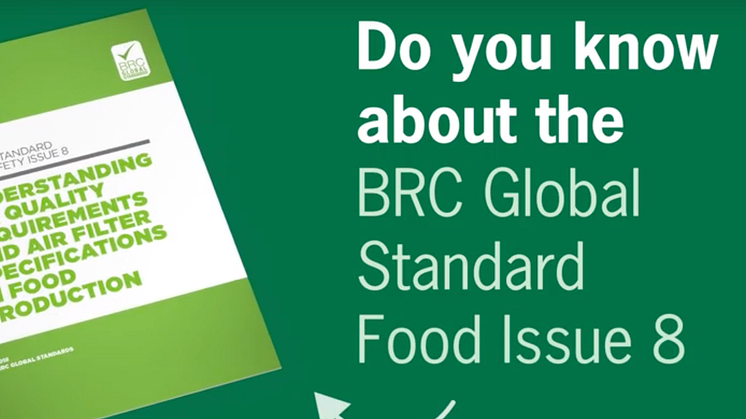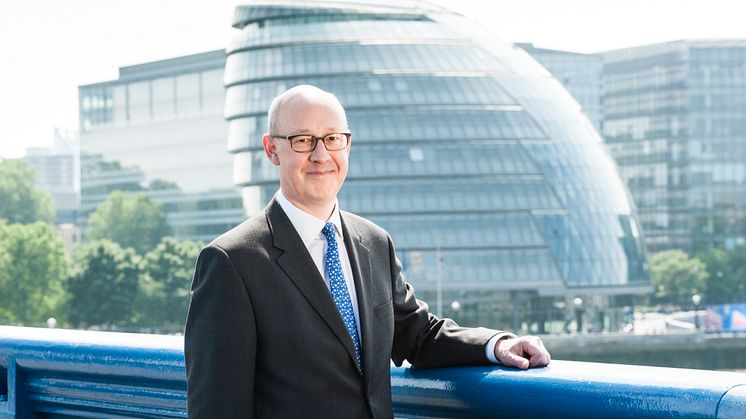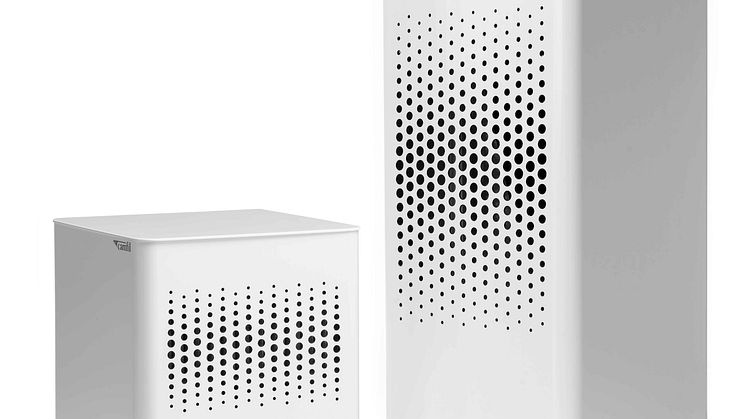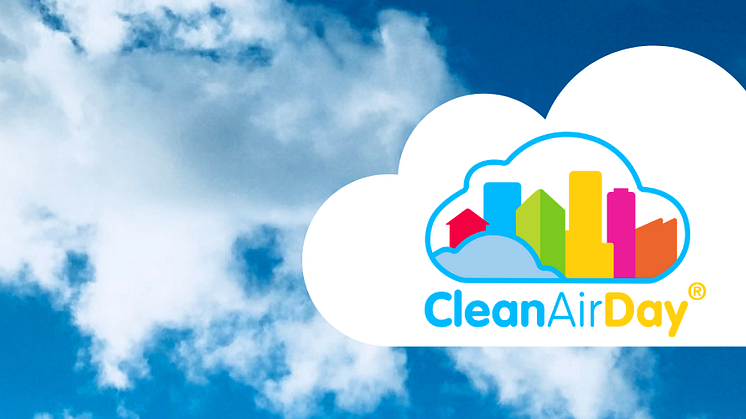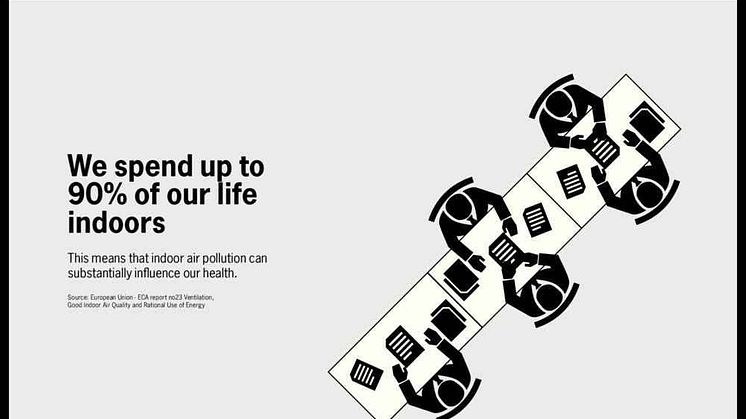
Blog post -
Camfil Welcomes Clean Air Strategy’s Focus on IAQ
Following the launch of the United Kingdom government’s Clean Air Strategy (14th January), Camfil welcomes its recognition of the effect of Indoor Air Quality (IAQ) on people’s health. The document outlines a range of recommendations that focus on reducing exposure to particulate matter (PM), the very smallest of which cause the most damage.
Notable mentions, include:
- Confirmation that the National Institute of Health and Care Excellence (NICE) is currently working on forthcoming guidance on IAQ.
- News that the government wants to raise public awareness of the potential impacts of indoor air pollution e.g. at home and among consumers.
- Confirmation that the Ministry of Housing Communities and Local Government will consult in spring 2019 on changes to standards in Part F of the Building Regulations, which relates to ventilation in homes and other buildings.
“Reducing outside air pollution, from traffic jams and exhaust fumes, is of course a priority. What’s clear, however, is the Clean Air Strategy recognises that this is only one part of the story, with a programme of work across government, industry and society to reduce emissions from a wide range of sources,” Mark Taylor, Sales Director Camfil, said. “These include agriculture, solid fuel burning and the products and materials we use to furnish, clean and decorate our buildings.”
Simon Birkett, from Clean Air London (CAL), works with Camfil to improve air quality in the Capital.
“It is marvellous to find more than 20 mentions of indoor air quality in Defra’s new Clean Air Strategy,” Birkett said. “The strategy helpfully identifies the sources of many different indoor air pollutants and says that plans will be forthcoming to reduce them.
Birkett expressed that momentum is key in this strategy.
“The Clean Air Strategy makes an encouraging start on indoor air quality but must be followed through quickly with meaningful action. For example, Building Bulletin 101 (BB101), which sought to improve indoor air quality in schools, was published with out of date standards for air filtration. Producing corrected guidance in 2019 must be a priority,” Birkett said.
Within healthcare, the ‘Change in Air Filter Test and Classification standards’, issued by SVHSoc in November 2018, is an important step but CAL considers that ‘HTM 03-01; Specialised Ventilation for Healthcare Premises; Part A’ needs also to be updated for the latest ISO and British standards for air filtration.
“With air filtration a key step in improving IAQ, another important standard that will help contribute to improvements in this area is the Eurovent Energy Rating 2019, which came into force on January 1st,” Taylor said. “Under the new Eurovent classification, the demands on energy efficiencies have increased improving the performance of their filters through more stringent test standards.”
The UK is the first major economy to adopt air quality goals based on WHO recommendations, going far beyond EU requirements. This document marks the start of real action to improve the air we breathe both outside and inside our buildings.



